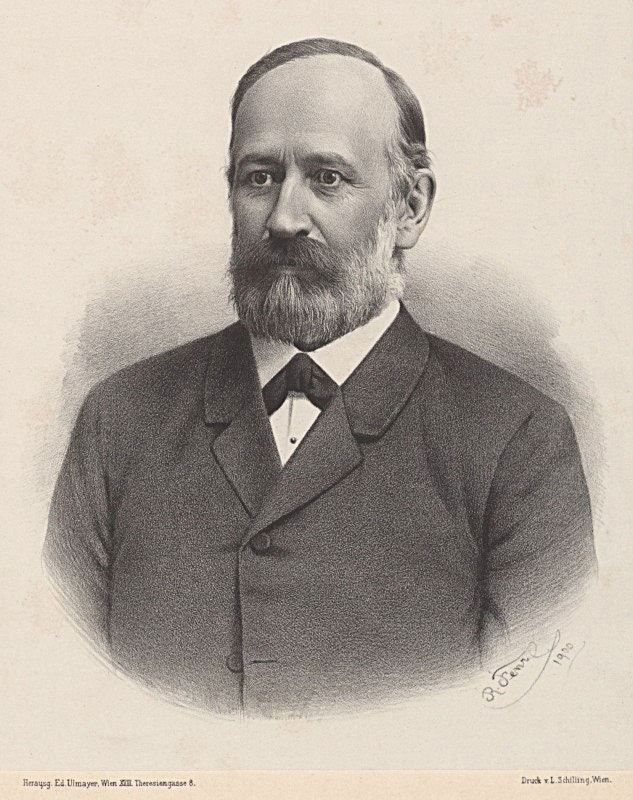Drop an ice cube into a glass of water. You can probably picture the way it starts to melt. You also know that no matter what shape it takes, you’ll never see it melt into something like a snowflake, composed everywhere of sharp edges and fine cusps.
Mathematicians model this melting process with equations. The equations work well, but it has taken 130 years to prove that they conform to obvious facts about reality. In a paper posted in March, Alessio Figalli and Joaquim Serra of the Swiss Federal Institute of Technology Zurich and Xavier Ros-Oton of the University of Barcelona have established that the equations really do match intuition. Snowflakes in the model may not be impossible, but they are extremely rare and entirely fleeting.
“These results open a new perspective on the field,” said Maria Colombo of the Swiss Federal Institute of Technology Lausanne. “There was no such deep and precise understanding of this phenomenon previously.”
The question of how ice melts in water is called the Stefan problem, named after the physicist Josef Stefan, who posed it in 1889. It is the most important example of a “free boundary” problem, where mathematicians consider how a process like the diffusion of heat makes a boundary move. In this case, the boundary is between ice and water.
For many years, mathematicians have tried to understand the complicated models of these evolving boundaries. To make progress, the new work draws inspiration from previous studies on a different type of physical system: soap films. It builds on them to prove that along the evolving boundary between ice and water, sharp spots like cusps or edges rarely form, and even when they do they immediately disappear.
These sharp spots are called singularities, and, it turns out, they are as ephemeral in the free boundaries of mathematics as they are in the physical world.
Melting Hourglasses
Consider, again, an ice cube in a glass of water. The two substances are made of the same water molecules, but the water is in two different phases: solid and liquid. A boundary exists where the two phases meet. But as heat from the water transfers into the ice, the ice melts and the boundary moves. Eventually, the ice—and the boundary along with it—disappear.
Intuition might tell us that this melting boundary always remains smooth. After all, you do not cut yourself on sharp edges when you pull a piece of ice from a glass of water. But with a little imagination, it is easy to conceive of scenarios where sharp spots emerge.
Take a piece of ice in the shape of an hourglass and submerge it. As the ice melts, the waist of the hourglass becomes thinner and thinner until the liquid eats all the way through. At the moment this happens, what was once a smooth waist becomes two pointy cusps, or singularities.
“This is one of those problems that naturally exhibits singularities,” said Giuseppe Mingione of the University of Parma. “It’s the physical reality that tells you that.”
Josef Stefan formulated a pair of equations that model melting ice.
Archive of the University of Vienna Originator: R. Fenzl Signatur: 135.726
Yet reality also tells us that the singularities are controlled. We know that cusps should not last long, because the warm water should rapidly melt them down. Perhaps if you started with a huge ice block built entirely out of hourglasses, a snowflake might form. But it still wouldn’t last more than an instant.
In 1889 Stefan subjected the problem to mathematical scrutiny, spelling out two equations that describe melting ice. One describes the diffusion of heat from the warm water into the cool ice, which shrinks the ice while causing the region of water to expand. A second equation tracks the changing interface between ice and water as the melting process proceeds. (In fact, the equations can also describe the situation where the ice is so cold that it causes the surrounding water to freeze—but in the present work, the researchers ignore that possibility.)



